
The First Plane to Break the Sound Barrier
Learn about the first plane to break the sound barrier and the historical significance of this achievement. Explore the technology and the daring individuals who made it possible.
Table of Contents
In the history of aviation, breaking the sound barrier was a monumental achievement that opened up new possibilities for supersonic travel and pushed the boundaries of human engineering.
In the leading role of this groundbreaking milestone in the history of flight, we find an extraordinary aircraft - The first to break the sound barrier. This aircraft and its achievements have forever changed aviation.
This article examines the incredible story behind this pioneering aircraft through a blend of history and engineering insights. We explore the technical details, the pilots flying it, and the pivotal moments that led to breaking the sound barrier for the first time in history.
The early history of supersonic flight
A subsonic airflow's physics differs significantly from a supersonic airflow's. This is why engineers, in the beginning, were struggling even to comprehend a design capable of flying faster than the speed of sound.
The science of the speed of sound is several hundred years old and not a 21st-century work. The first calculation of the speed of sound in air was published by Isaac Newton precisely 260 years before the first supersonic flight.
By the 1930s, air racers and test pilots had frequently and fatally experimented with diving to speeds near the sound barrier. Scientists discovered that air behaves differently on control surfaces as it approaches supersonic speed and compresses during acceleration.
Many aircraft, mostly modern fighters, broke up between the mid-1930s and the post-World War II era because pilots overstressed them trying to recover from high-speed dives at near-sonic speeds. The Lockheed P-38 Lightning, Hawker Typhoon, and Messerschmitt Me-109 were among them.
In the World War II years, several pilots claimed to have broken the sound barrier in a dive. However, all these claims were shown to be false due to turbulence or issues with their airspeed indicators.
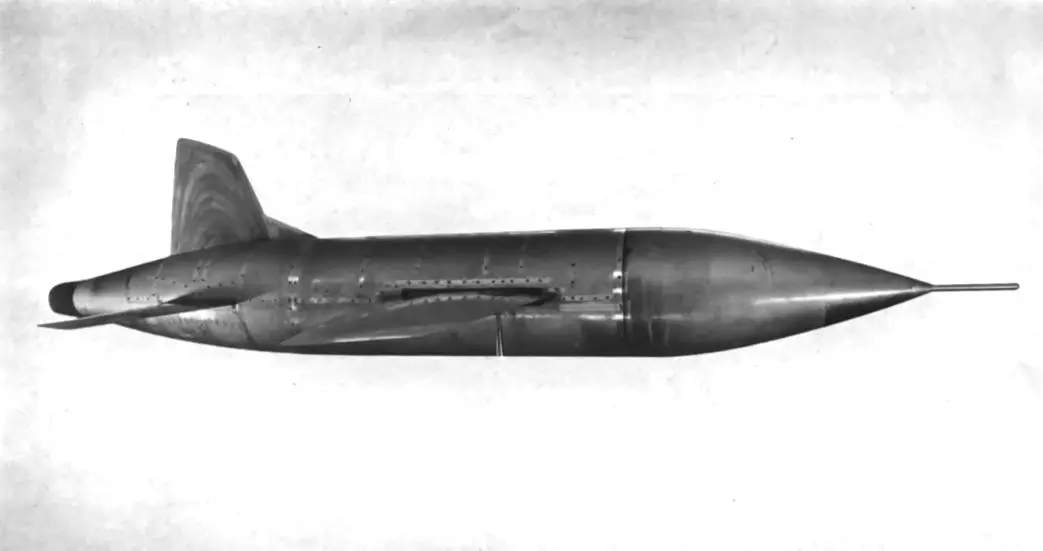
During World War II, in 1942, the United Kingdom Ministry of Aviation began a secret project to develop the world's first aircraft to break the sound barrier in level flight. Together with the aircraft manufacturer Miles, the project resulted in the Miles M.52, capable of reaching 1,000 mph (1,600 km/h). A key design feature of the M.52 was its tail. To allow for control at supersonic speeds, the M.52 pioneered a tail on which the entire stabilizers would move, instead of a hinged control surface. However, the construction of full-sized prototypes was canceled at the end of the war.
On March 16, 1945, the US Army Air Force and NACA (a predecessor to today's NASA) ordered three experimental aircraft from the Bell Aircraft Company to collect data on the transonic speeds. The plane was called XS-1, later X-1, a revolutionary aircraft designed to break the sound barrier
Engineers and scientists faced countless hurdles, from the limitations of existing technology to the sheer physical forces at play at supersonic speeds.
The aircraft: Bell X-1
The Bell X-1 was a rocket-powered aircraft with a straight-wing design and a fuselage shaped like a .50-caliber bullet. It was powered by a single Reaction Motors XLR11 four-chamber rocket engine, which produced about 5,900 pounds of thrust. The pilot sat in a cockpit positioned at the front of the aircraft, providing an unobstructed view.
It was constructed in 1945, having been conceived in 1944. In 1948, it reached a speed of nearly 1,000 miles per hour (1,600 km/h). A later variant, the X-1A, reached a top speed of over 1,600 miles per hour (2,600 km/h).
The Bell X-1 was designed to be air-launched by a Boeing B-29 Superfortress at around 23,000 feet (7000 meters). From there, it would use its rocket engine to propel it to its test altitude.
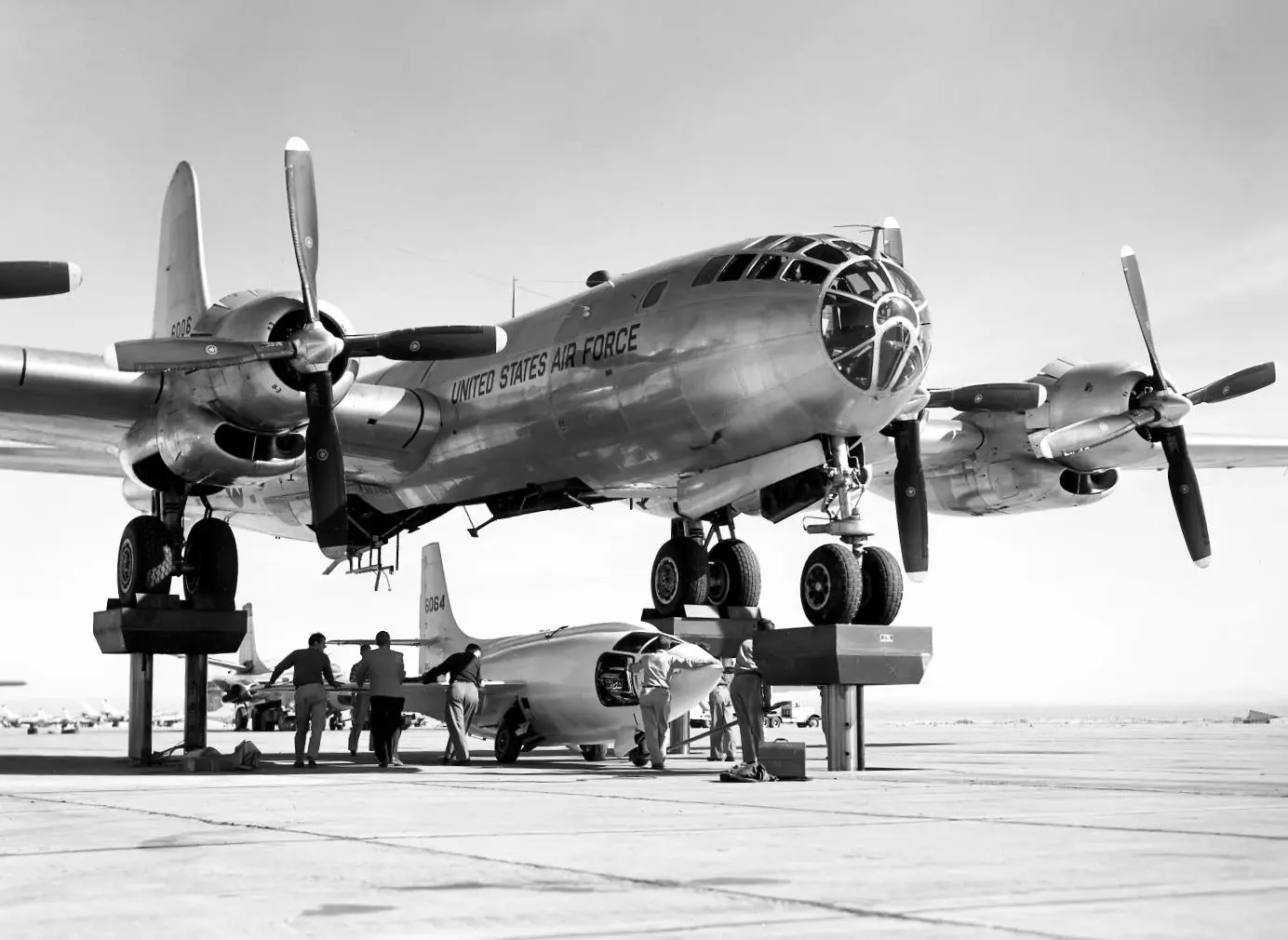
Engineers faced several unknowns when designing the Bell X-1, as supersonic flight was a new and unexplored field at the time. Therefore, they collected helpful information from government archives, power plant manufacturers, and research institutions. When the British canceled their Miles M.52, they sent all their data to the Bell Aircraft Company.
On October 14, 1947, the Bell X-1, nicknamed Glamorous Glennis, and its pilot Chuck Yeager, reached 700 miles per hour (1,127 km/t) in level flight at 45,000 feet. This was the first manned supersonic flight in history. In total, the Bell X-1 flew 78 times between 1946 and 1951. Several later variants took over and further explored the science of supersonic flight.
The pilot: Chuck Yeager
Chuck Yeager, born on February 13, 1923, in Myra, West Virginia, was an American aviator and retired Air Force general. He is best known for being the first person to break the sound barrier, a significant milestone in aviation history.
Yeager was raised in a rural farming community and developed a passion for flying at an early age. During World War II, he enlisted in the Army Air Corps and became a fighter pilot. He flew numerous combat missions over Europe, earning several medals for his achievements, including the Distinguished Flying Cross.
After the war, Yeager continued his career in the Air Force and became a test pilot at Muroc Army Air Field (now Edwards Air Force Base) in California. As mentioned, he piloted the Bell X-1 aircraft, named "Glamorous Glennis" after his wife, and broke the sound barrier on October 14, 1947.
Yeager's achievement was a significant breakthrough, as it shattered the belief that supersonic flight was impossible. His successful mission paved the way for advancements in aviation and led to the development of faster and more efficient aircraft.
He retired from the Air Force in 1975 after over 33 years of service.
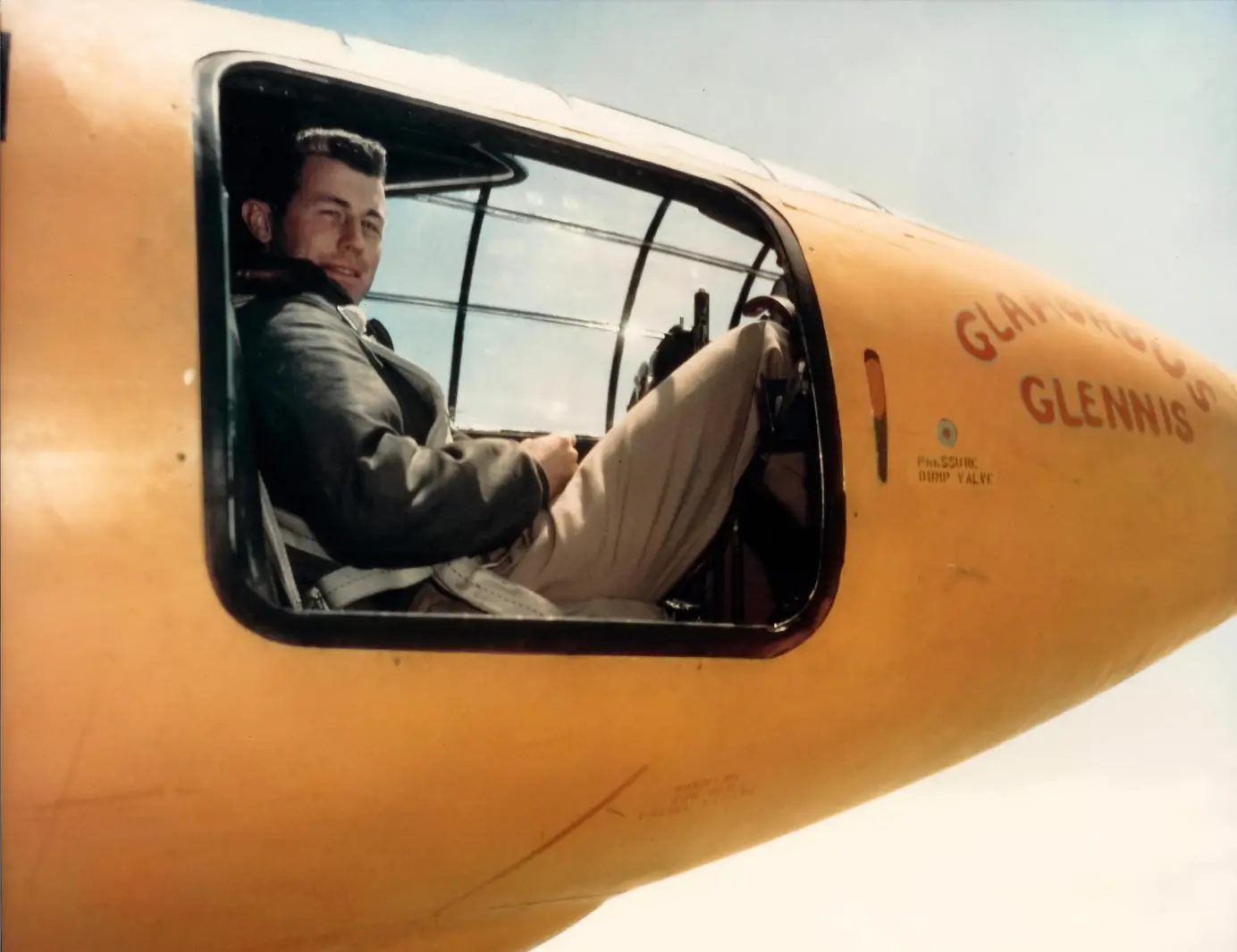
The first successful supersonic flight
The first successful supersonic flight was a pivotal moment in the history of aviation. It not only shattered long-held beliefs about the limits of flight but also opened up new possibilities for aeronautical innovation. The successful flight of the Bell X-1 proved that it was indeed possible to travel faster than the speed of sound, paving the way for the development of supersonic passenger jets and military aircraft.
The first supersonic flight took place on October 14, 1947. Piloting the experimental rocket-powered Bell X-1 was Chuck Yeager.
On that fateful day, the Bell X-1 was dropped from the belly of a Boeing B-29 Superfortress at an altitude of approximately 25,000 feet over the Mojave Desert in California. As the rocket engines ignited, the X-1 rapidly gained speed, and Yeager experienced intense acceleration.
The Bell X-1 reached Mach 1.06 (807 mph, 1,299 km/h) at 43,000 feet, breaking the sound barrier for the first time in history. As the X-1 broke the sound barrier, a tremendous sonic boom blasted across the desert far below, surprising the test team. When the rocket engine had completed its task, it purposely burned out, and Chuck Yeager guided the gliding, unpowered plane to a safe landing.
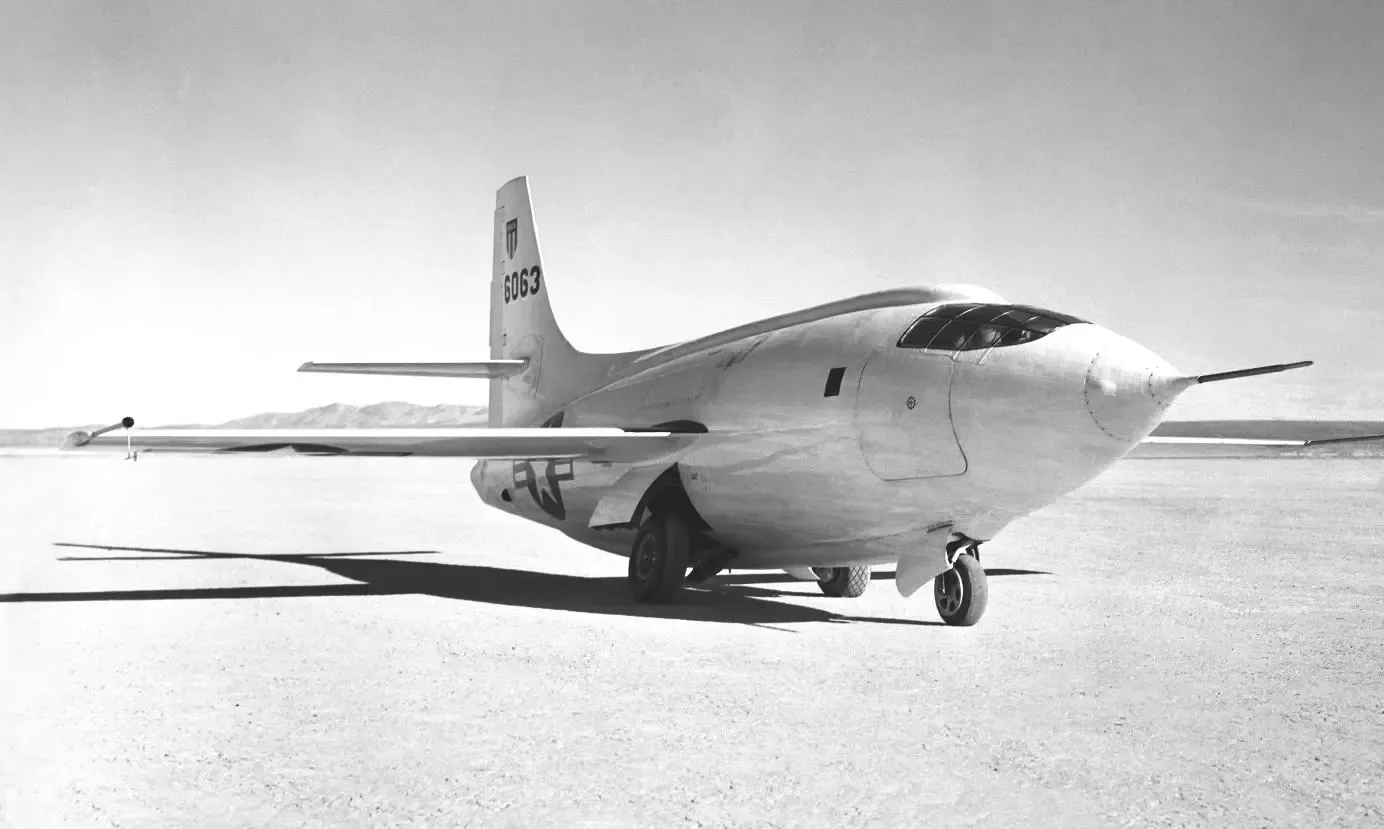
The scientific and engineering challenges of breaking the sound barrier
Breaking the sound barrier presented a myriad of scientific and engineering challenges. As an aircraft approaches the speed of sound, it encounters a phenomenon known as compressibility, which significantly affects its aerodynamic characteristics. The rapid changes in air pressure and density change how the air moves around the aircraft, posing substantial challenges for the aircraft's designers and pilots.
There are several other difficulties related to supersonic flight. The production of heat during flight is one issue. Due to the aircraft's friction with the surrounding air, aerodynamic heating can happen at high speeds, so an airplane (and its engines) needs to be built to handle scorching conditions.
Engine operation is another area of concern for sustained high-speed flight. As an airplane accelerates, the compression process in the engine intake raises the temperature of the air before it reaches the engines, which is how jet engines produce thrust. The engine's ability to produce a difference in exhaust and intake temperatures through fuel burning diminishes as the aircraft accelerates higher, as does its thrust.
Aerodynamic drag is a whole other issue in supersonic flight.
The impact of breaking the sound barrier on aviation
Breaking the sound barrier opened up new possibilities for military and civilian applications. The successful flight of the Bell X-1 marked the beginning of a supersonic era and sparked further technological innovation.
Military aircraft, in particular, benefitted greatly from the ability to fly at supersonic speeds. Supersonic fighter jets gained a significant advantage in terms of speed, giving them an edge in combat situations. The development of supersonic bombers, like the XB-70 Valkyrie and reconnaissance SR-71 Blackbird, also allowed for rapid deployment across the globe.
On the civilian front, breaking the sound barrier paved the way for the development of supersonic passenger jets. The iconic Concorde, jointly developed by British and French engineers, became a symbol of luxury and speed. Passengers could travel from New York to London in just a few hours, a journey that previously took much longer. However, despite its initial success, the Concorde faced numerous challenges, including high operating costs and concerns over noise pollution, leading to its eventual retirement. Several Concordes can still be seen today at museums, though.
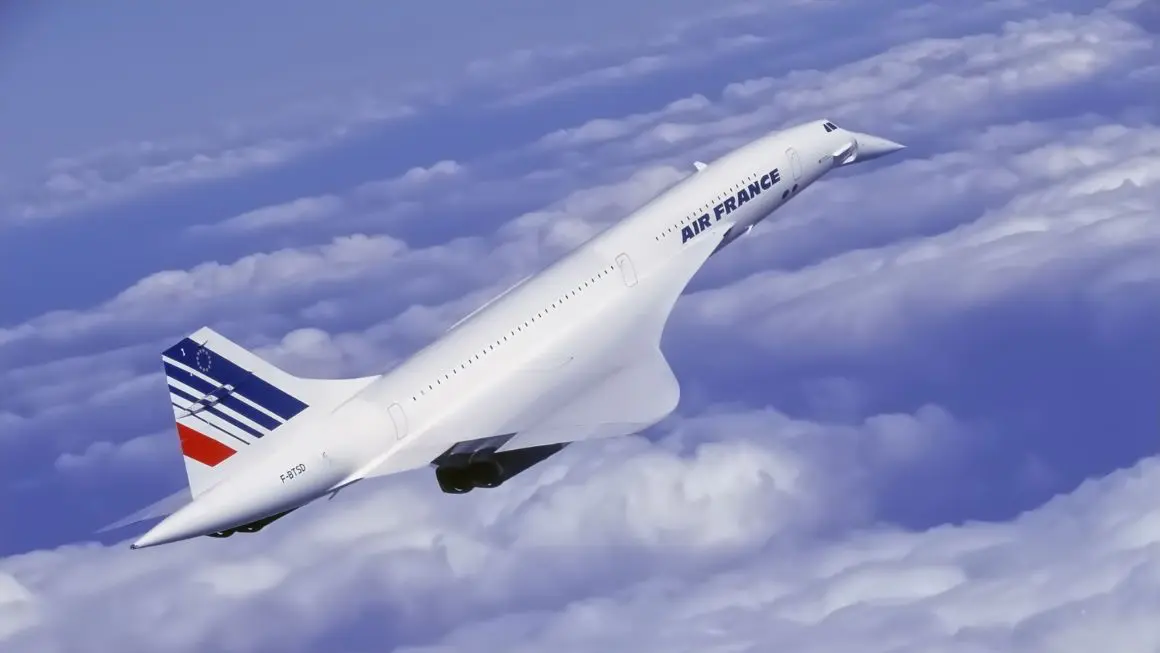
The impact of breaking the sound barrier extended beyond the realm of aviation. It pushed the boundaries of engineering and inspired generations of engineers, scientists, and pilots. The technological advancements in the pursuit of supersonic flight have had far-reaching implications, influencing fields such as materials science, aerodynamics, and propulsion systems.
The legacy of breaking the sound barrier continues to shape the future of aviation and beyond. It serves as a reminder of the boundless potential of human innovation and the enduring spirit of exploration.
Conclusion
The Bell X-1 aircraft marked a groundbreaking milestone in the history of aviation. Its daring pilot, Chuck Yeager, defied the limits of human endeavor, propelled the world into the supersonic era, and paved the way for future exploration. The X-1 broke the sound barrier and shattered the doubts and preconceptions of what was once deemed impossible.
Looking ahead, the future of supersonic flight appears promising, with the emergence of companies like Boom Supersonic taking up the mantle to resurrect commercial supersonic travel after the Concorde's retirement. Their commitment to developing environmentally friendly supersonic aircraft and their ambitious plans to revolutionize air travel will be interesting to follow.
Beyond supersonic flight, the realm of hypersonic travel appears on the horizon. Hypersonic vehicles, capable of traveling at speeds exceeding Mach 5, are under development. However, this exciting technology is still in its infancy and requires significant research and development to overcome various technical challenges.
Also read:
Planenerd Newsletter
Join the newsletter to receive the latest updates in your inbox.






